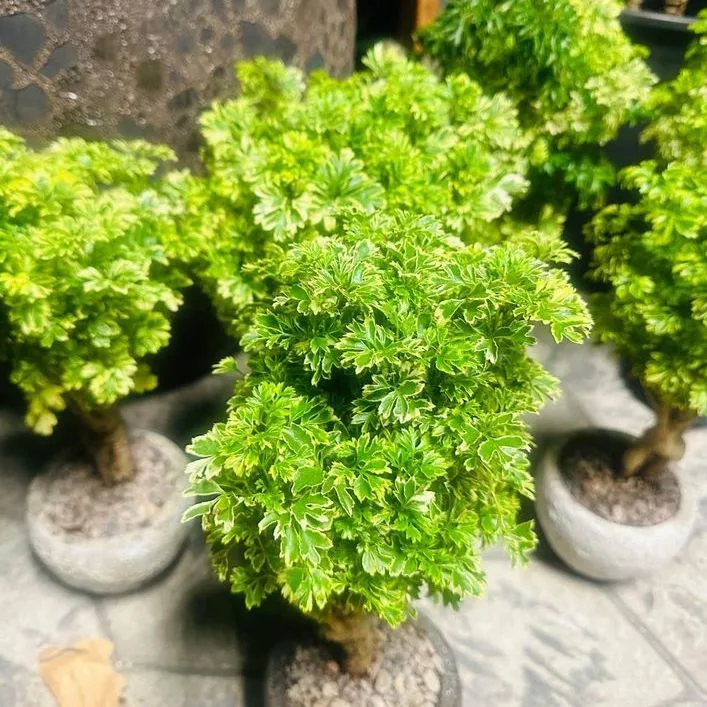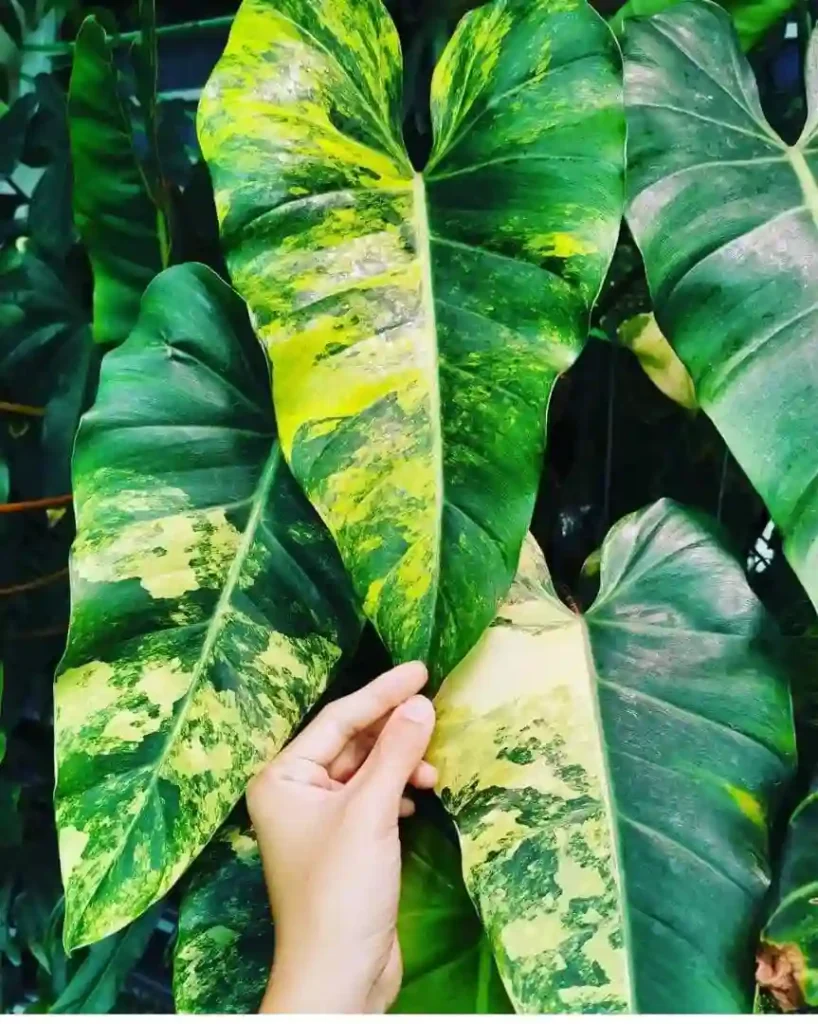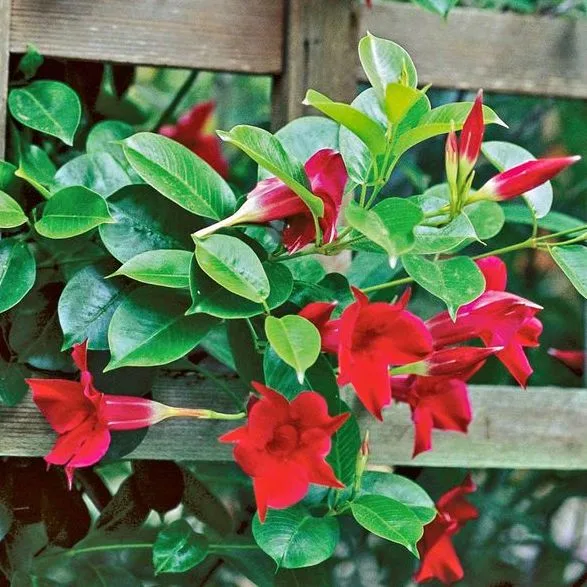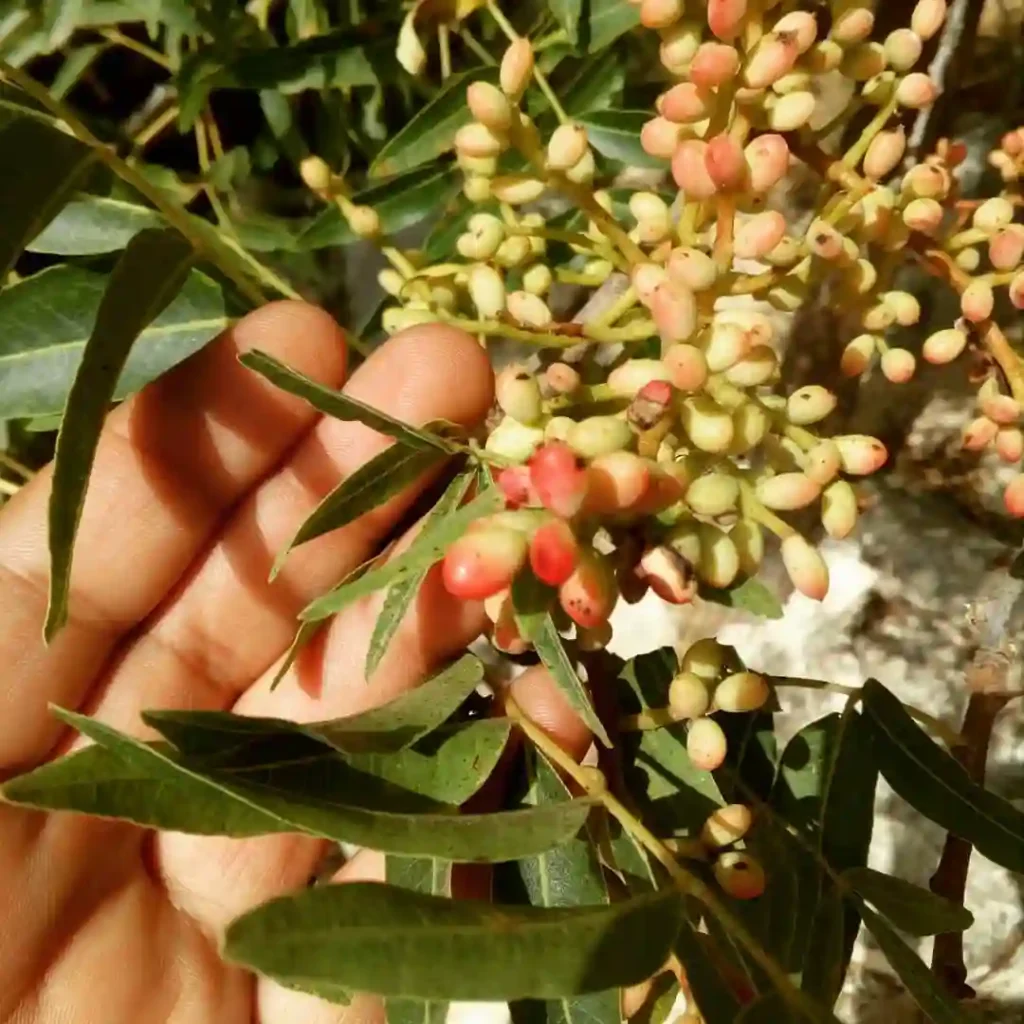Is Lycogala epidendrum poisonous?
I remember reading about Lycogala epidendrum, also known as wolf’s milk, and wondering if it was poisonous. From what I learned, it isn’t classified as poisonous, but it’s also not something you’d want to eat or handle carelessly. It can cause skin irritation for some people if they come into contact with it. I’ve always been cautious about touching unfamiliar fungi or slime molds, just in case.
Is Lycogala epidendrum edible?
As for whether Lycogala epidendrum is edible, I found out that it’s generally not considered edible. Even though it’s not toxic, it doesn’t have any culinary value and doesn’t look appetizing at all. When I first saw it, the strange, almost otherworldly appearance made me quite sure I wouldn’t want to taste it. I’ve always been more interested in observing such unique organisms rather than trying to eat them.
Can people get Lycogala epidendrum on them?
I’ve seen Lycogala epidendrum a few times while hiking in the woods. It usually appears on decaying wood, and yes, people can definitely get it on them if they touch it. I remember once accidentally brushing against a log covered in these small, pinkish blobs. It was kind of fascinating but also a bit gross because of the slimy texture. Since then, I’ve been more careful and always make sure to wear gloves if I’m exploring areas with a lot of decaying wood and fungi.
How to plant Lycogala epidendrum?
Unlike most plants, slime molds lack roots, seeds, or flowers. They exist as single-celled amoeba in their vegetative state and only form the fruiting bodies (aethalia) we see during reproduction.
Here’s why planting Lycogala epidendrum isn’t possible:
- Spore Dispersal: Lycogala epidendrum reproduces by releasing spores. These spores are microscopic and readily dispersed by wind and water, allowing them to find suitable environments for growth.
- Food Source: Lycogala epidendrum feeds on bacteria and decaying organic matter present in damp, rotting wood. It engulfs these food sources through phagocytosis, a process where it surrounds and absorbs them with its amoeba-like body. Trying to cultivate a specific food source for them wouldn’t be practical.
- Habitat Preference: They thrive on decaying wood in natural environments like forests. Replicating this specific decaying wood stage in a controlled setting would be challenging.
What you can do instead:
If you’re interested in observing Lycogala epidendrum, you can try:
- Visiting forests or woodlands: Look for damp, decaying logs where these slime molds might be present.
- Monitoring decaying wood in your garden: If you have decaying logs or stumps in your garden, keep an eye out for them.
Since Lycogala epidendrum plays a role in decomposition in forest ecosystems, appreciating them in their natural habitat is the best course of action.
If i die, water my plants!



